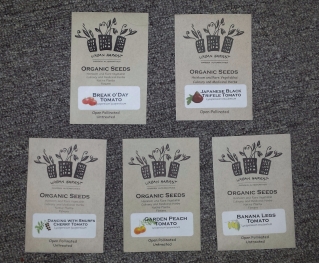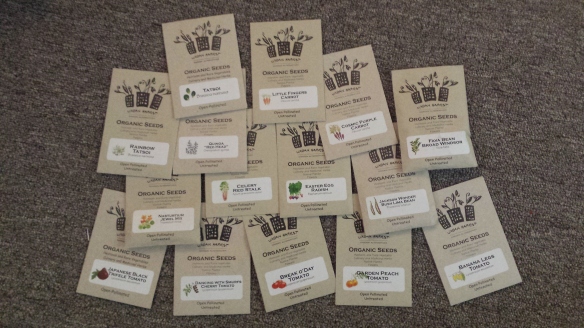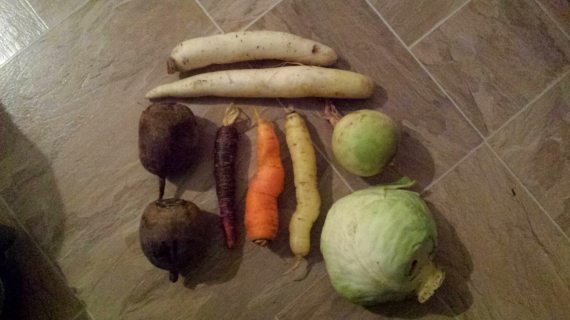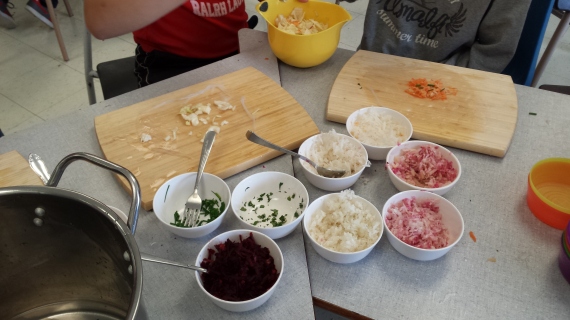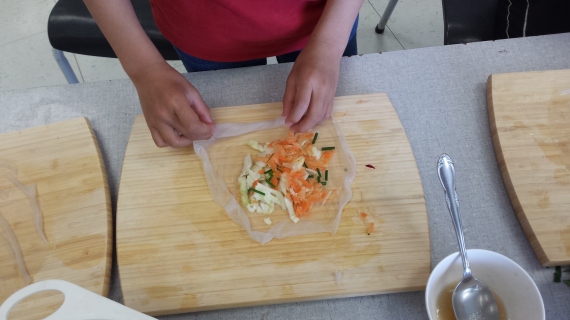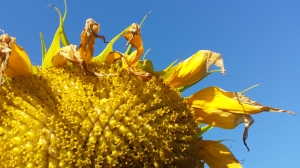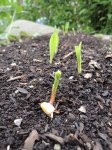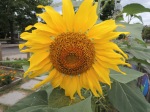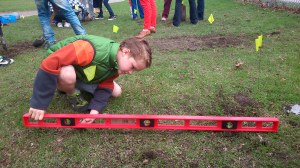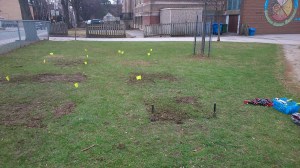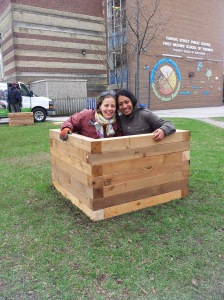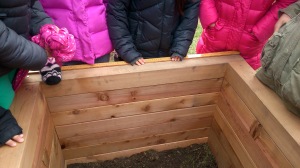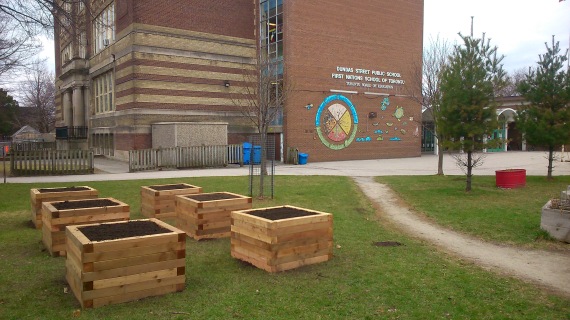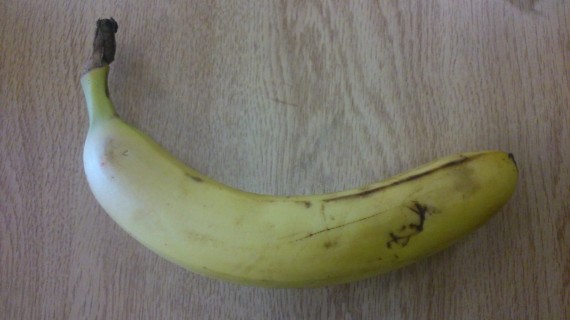By the time I’m posting this, our lovely Monarchs have taken off on their amazing trip to Mexico. But I still wanted to share my summer excitement about them. It was an amazing year for Monarch butterflies! Last year, I didn’t see my first Monarch until some time in August, and even then, I only saw about one a week. This year, I’d often see multiple butterflies at the same time. It was amazing!
Already at the end of June, I was seeing Monarch caterpillars munching away on milkweed plants in High Park, in my neighbourhood and at the cottage. Little kid at Christmas giddiness is probably an appropriate comparison to describe my level of excitement about this!
At the beginning of July, I spent a few days up at the cottage, and right away went to check out our little milkweed patch. We’ve got a little area between our woodshed and the river that we’ve stopped mowing in the past few years, and it’s amazing watching it spring to life! (We’re lucky to have a family cottage in a pretty remote area with tons of wildlife and plant diversity. The province even acknowledged how special our area is by creating a Provincial Park you’ve probably never heard of: https://www.ontarioparks.com/park/queenelizabeth2wildlands ) Sure enough, I found a Monarch caterpillar almost right away. It was tiny! My mom was totally incredulous that I’d found it, in among all of those plants and wee critters everywhere, but there it was. The trick, I found this summer, was looking for holes in milkweed leaves and flipping them over on the search for caterpillars. By the next day, we’d found at least 5 caterpillars in our little milkweed patch.
Back at work the next week, we had a couple of volunteers helping with our Drop-In programme in the High Park Children’s Garden. One of them, who has been raising Monarchs for years, found a few caterpillars. We kept one for showing the kids and for raising ourselves so we could show our EcoCampers as it grew and developed. One of my favourite memories from when I was in grade 2 was seeing a Monarch butterfly come out of it’s chrysalis in our class, so I’m always excited to have moments like this to share with kids I’m working with.
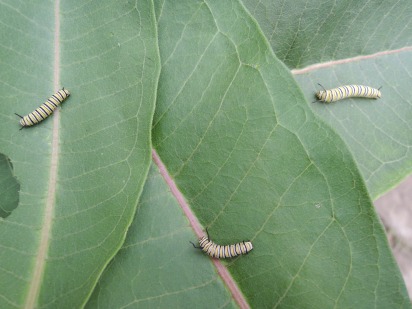
A couple of days later, I was collecting milkweed leaves to feed our new little camp/office friend and found a Monarch egg. Without even looking for them. A few days later, another egg. My caterpillar colony was growing totally unintentionally. At home, my landlords have milkweed in the front yard, and I found some wee caterpillars and eggs there too. One day, I even saw a Monarch in High Park laying eggs on one of our Children’s Garden milkweed plants. They were everywhere! It was amazing!
One day at High Park EcoCamp, I was showing a couple of the caterpillars to our Sprouts group (our 4-5 year old campers). After we’d had a chat about them, the kids of course wanted to name them. One girl put up her hand and said: “I want to name the big one… hmmm…. Joey!” Great! Another girl then put up her hand and said: “I want to name the little one… hmmm… Joey!” We decided that maybe they should have different names, so another girl suggested Teddy. Cool. Our caterpillar: Teddy and Joey. But then a couple of the boys at the front started calling out “Peanut Butter!” “Hummus!” Thus, our caterpillars acquired last names as well: Teddy Peanut Butter and Joey Hummus. 🙂
A few days later, though, I came into my office to find a guilty-looking spider who had gotten into one of our bug boxes and eaten Teddy Peanut Butter and Joey Hummus. 😦 That put an end to naming our caterpillars… And as sad as it was, I wasn’t too upset. There’s a food chain lesson in there too. After that, though, I did cover all of the other bug boxes with paper towel or fabric to keep other critters out.
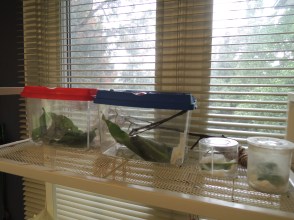
Wait, this isn’t what everyone’s office looks like?
As the caterpillars continued to grow and develop (and eat! A lot!), I had to keep making sure they were well fed. I didn’t want to leave them in my High Park office for a whole weekend, so home they came. I had a few subway rides back and forth with the bug boxes. (I did get a few curious looks on the TTC… but hey, it’s Toronto. People are used to seeing all sorts of things.) Luckily quite a few people in my neighbourhood have milkweed growing, so I had lots of leaves to feed my little critters. My neighbourhood Facebook group had lots of people sharing their pictures of their developing caterpillars, sharing tips and tricks, and generally being excited about Monarchs. (Have I mentioned that I love my neighbourhood?) I had a couple of weekends when I was going out of town, and taking my caterpillars/chrysalises with me was not practical. Luckily I found some good babysitters along the way, who even sent me photographic updates.
One day, while at work in High Park, I noticed that one of the caterpillars was finding a place to attach itself onto the lid of the bug bin and to transform into a chrysalis. Some of the caterpillars had already gone through this tranformation, but I hadn’t actually seen it myself. I noticed it was starting to happen, so I called a couple of my co-workers over and we watched the process. It is seriously weird. The caterpillar’s skin breaks open, it wiggles it off, and inside is the chrysalis. It was pretty amazing to see!
After another weekend of bringing the last of the chrysalises home, I noticed one Monday morning that the chrysalises had turned dark and that I could see the orange and black colouring of the Monarch butterfly wings. I knew this was an indication that the butterflies would emerge that day. Well, time for another subway ride with my butterfly friends! As I was sitting on the subway heading to work, I noticed that the butterflies were emerging from their chrysalises. Urban nature at it’s finest! 😉 I watched in fascination. A couple of folks sitting close by were curious about what was going on, and were pretty impressed when I told them. When I got to High Park, the butterflies were still filling and stretching out their wings, and weren’t quite ready to go outside yet. But then they started trying to fly in their little bug boxes, and I knew it was time for them to go. Of course, they’d chosen the windiest stormiest day of the summer. I took them over to the blooming butterfly bushes near our office, and it was pretty amazing how they climbed on me for a little while before heading over to the flowers and then flew off. It was a pretty amazing feeling to release these butterflies who I’d known since they were eggs! Wow! It was a cool/fascinating/educational/amazing (unintentional) summer project. I was also relieved that the last of the butterflies had flown off and that I no longer needed to take bug boxes on weekly subway rides…
When I headed down to the Children’s Garden at the end of the camp day, a few of the campers and one of the camp counselors showed me a giant caterpillar they had just found. “Hey Elin, you’ve been taking care of caterpillars! Want to take care of this one too?” OH NO! Hah. Though I had thoroughly enjoyed the Monarch raising over the summer, I was also happy to be done with that task for a while… this particular (giant) caterpillar had to fend for itself.
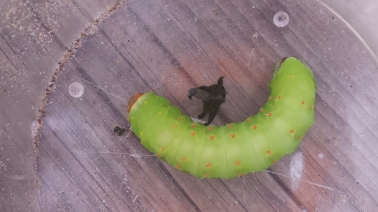
Happy growing!


































